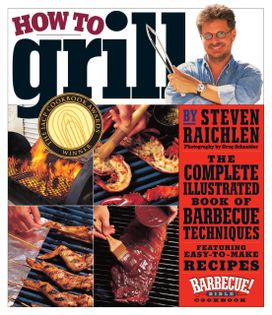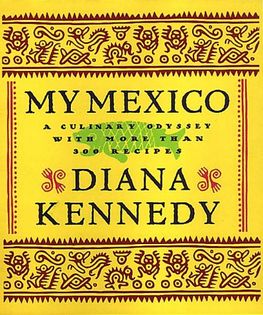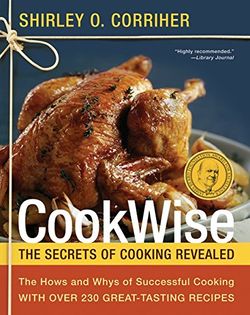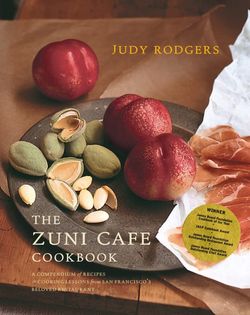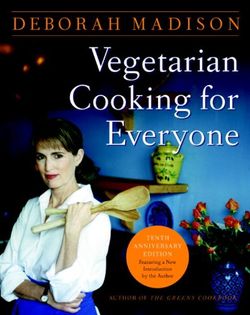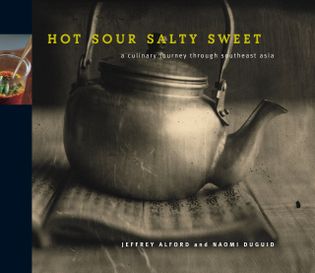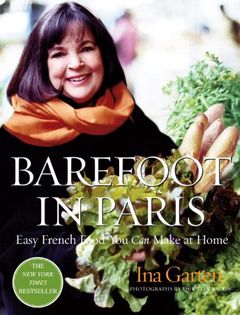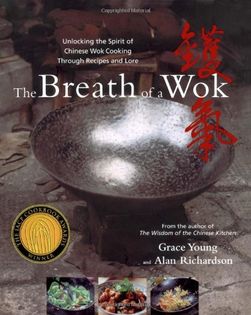
Sinfully Easy Delicious Desserts
This is my favorite dessert book. I love that it’s concise, built on the solid foundation of Medrich’s considerable experience, and that she streamlined the methods so that they are foolproof and doable by anyone. The one-bowl chocolate cake is my go-to for cupcakes and layer cakes. The almond cake has dazzled more dinner guests than I can count. Her perspective influenced my approach when I wrote my cookbook.


